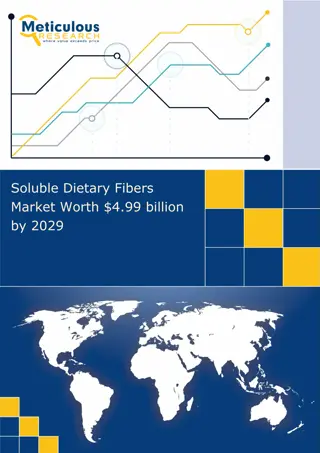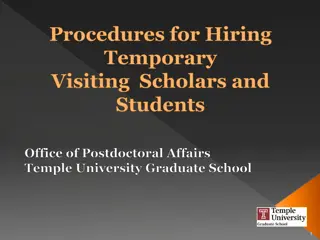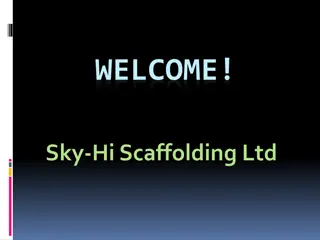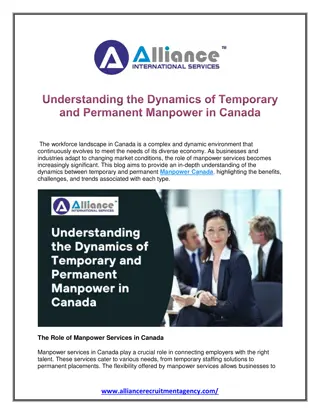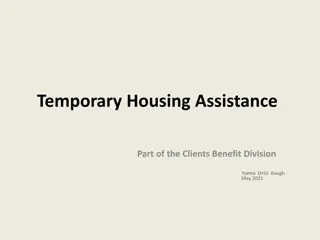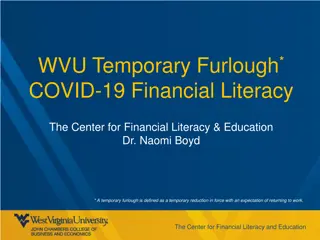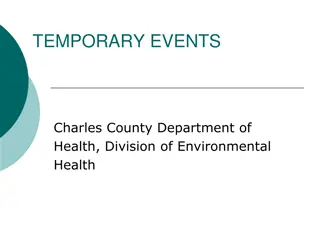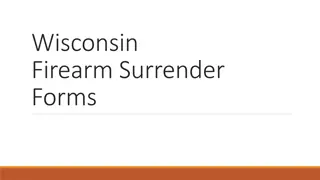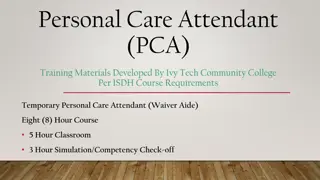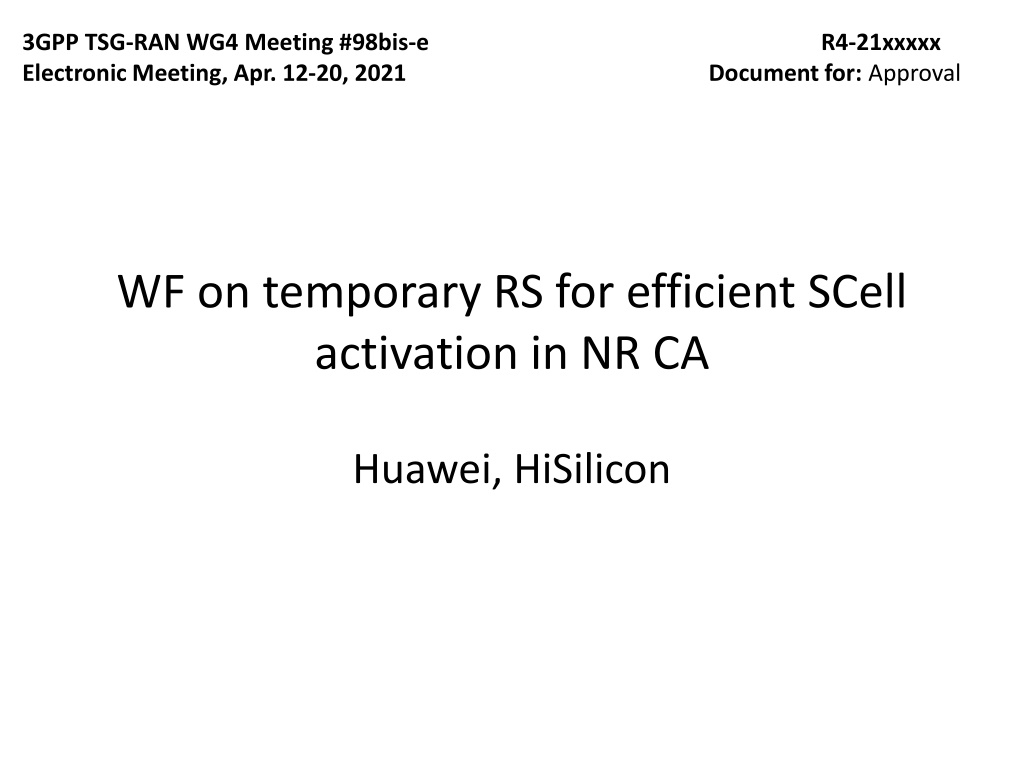
Efficient SCell Activation in 5G NR: Approval Workflow for Temporary RS
Explore the detailed agreements and strategies proposed for efficient SCell activation in 5G NR, including the use of temporary RS for various scenarios. Key points include AGC considerations, time/frequency tracking requirements, and scenarios for intra-band and inter-band SCell activation.
Download Presentation

Please find below an Image/Link to download the presentation.
The content on the website is provided AS IS for your information and personal use only. It may not be sold, licensed, or shared on other websites without obtaining consent from the author. Download presentation by click this link. If you encounter any issues during the download, it is possible that the publisher has removed the file from their server.
E N D
Presentation Transcript
3GPP TSG-RAN WG4 Meeting #98bis-e Electronic Meeting, Apr. 12-20, 2021 R4-21xxxxx Document for: Approval WF on temporary RS for efficient SCell activation in NR CA Huawei, HiSilicon
Agreement SCell being activated is known and belongs to FR1 If SCell measurement cycle is larger than 160ms Background (agreed in RAN4#98e) temporary RS can be used for AGC 1 burst (2-slot with four CSI-RS resources) is required temporary RS can be used for time/frequency tracking 1 separate burst (2-slot with four CSI-RS resources) is required in addition to the one burst required for AGC The agreements above apply based on RAN1 working assumptions on temporary RS design provided in the LS R1-2009798. Minimum gap between the RS symbol(s) for AGC and the RS symbols for time/frequency acquisition is needed The minimum gap length is -Option 1: 2 slots -Option 2: 2 ms
Way Forward SCell being activated is unknown and belongs to FR1 When SCell is contiguous to an active serving cell in the same band (Intra-band continuous CA) UE can perform AGC adjustment based on temporary RS; -One temporary RS burst is required when the power difference in serving cell and to be activated Scell is smaller than or equal to 6dB. No cell detection provided the conditions specified for intra-band contiguous CA case in TS38.133 section 8.3.2 are satisfied; UE can perform time-frequency tracking based on temporary RS -One temporary RS burst is required.
Way Forward SCell being activated is unknown and belongs to FR1 when SCell is non-contiguous to an active serving cell in the same band (Intra-band non-continuous CA), whether temporary RS can be used for AGC and/or time frequency tracking? Option1: it is not a target scenario for temporary RS based SCell activation latency optimization. Option 2: temporary RS can be used for time frequency tracking only -(For AGC: UE performs AGC adjustment based on SSB rather than temporary RS). -For time frequency tracking: UE can perform time-frequency tracking based on temporary RS. -One temporary RS burst is required.
Way Forward SCell being activated is unknown and belongs to FR1 When SCell to be activated and active serving cell are in the different band (Inter-band CA), whether temporary RS can be used for AGC and/or time frequency tracking? Option1: it is not a target scenario for temporary RS based SCell activation latency optimization. Option 2: temporary RS can be used for time frequency tracking only -(For AGC: UE performs AGC adjustment based on SSB rather than temporary RS). -For time frequency tracking: UE can perform time-frequency tracking based on temporary RS. -One temporary RS burst is required.
Way Forward SCell being activated belongs to FR2 If there is at least one active serving cell on that FR2 band and temporary RS for the target SCell is provided, how many temporary RS bursts are required for time/ frequency tracking? 1 burst is required (only 2-slot with four CSI-RSs resources (4 samples)) If there is no active serving cell on that FR2 band, and the SCell to be activated is known to UE, how many temporary RS bursts are required for time/ frequency tracking? 1 burst is required (2-slot with four CSI-RSs resources (4 samples))
Way Forward SCell being activated belongs to FR2 If the SCell being activated is unknown and there is no active serving cell on that FR2 band, It is not a target scenario for temporary RS based SCell activation latency optimization. Temporary RS can not be used for AGC Whether temporary RS can be used for time/ frequency tracking is under discussion
Way Forward Answers to Q2 in LS [R1-2009798] SCell being activated is known and belongs to FR1, if SCell measurement cycle is larger than 160ms, whether the UE requires to receive another RS transmitted also on the other activated serving cell in the same band in the same slot? Based on the legacy requirement assumption, UE expects another RS and/or SSB (burst) is also transmitted on the other activated serving cell, having all the RSs time- aligned within MTRD requirement for intra-band CA Option 1(Intel, Huawei, Qualcomm, MTK): -These RSs are not required to be transmitted in the same slot Option 2 (Apple): - These RSs are required to be transmitted in the same slot Option 3 (new compromised option): UE reports capability which indicates whether UE requires to receive another RS transmitted also on the other activated serving cell in the same band in the same slot.
Way Forward Other information need to inform RAN1? Option 1: Inform RAN1 that the dominate term in the activation time for unknown cell cases is the cell search time. Option 2: No

